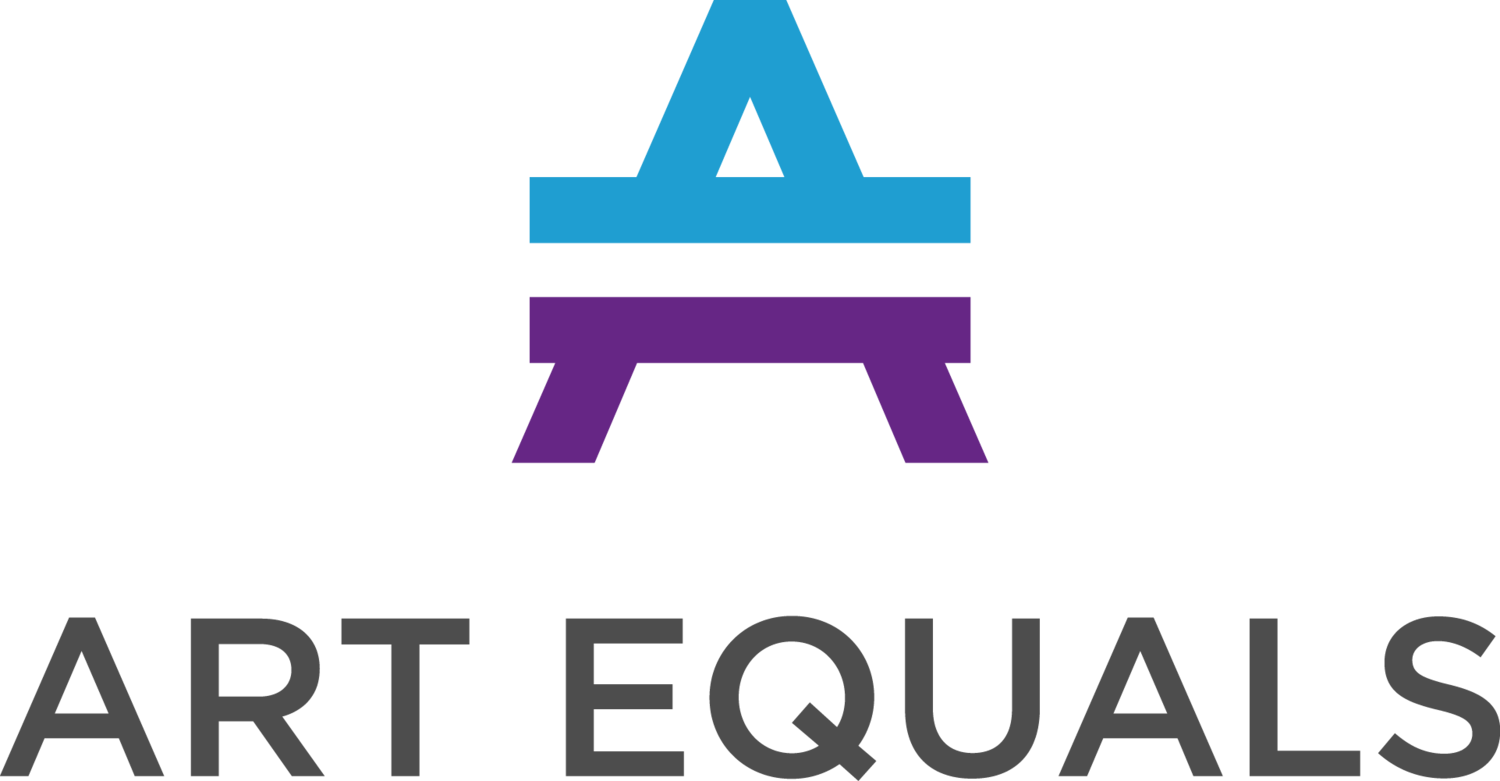Eco Weaving
Weaving is a textile technique that is found in almost every culture throughout the world. Vertical threads known as the warp are tied to a frame structure called a loom. Then horizontal threads, called the weft, are passed over and under the warp threads to create patterns. While traditional weaving uses fibers such as yarn and cloth, there are no limitations to the materials that can be used to make a weaving. Modern creators are using items such as barbed wire, plastic, paper, and found objects, in their work as a way to explore various themes and topics.
Imagine using recycled materials or even garbage to create a weaving. How might using discarded materials in a piece of artwork change their value? In this kit you will find a variety of materials and a loom on which to create your own weaving. We encourage you to use the materials along with other things you might want to include. Be creative, stretch your idea of a weaving, and most importantly, have fun!
Step 1: Warping the Loom
Using the provided loom, tie several strings from the top stick to the bottom, with equal spacing. This will create the warp threads used as the base for weaving. Make sure to use a strong string or yarn and tie these warp threads firmly, making sure the warp is straight. You can use the black yarn provided in your kit for this.
Step 2: Start to Weave
Choose a piece of yarn and start to weave by moving it over the first string, then under the next, repeating until the yarn crosses the entire width of the frame. Pull the yarn through until only a short tail is sticking out from the first string. Go back in the reverse direction, doing the opposite pattern as the row before. If you ended by going under the last string, go over that string to start the second row and under the next. Continue till you are back at the starting string. You can weave the tail back into the main weaving or leave it hanging. Avoid pulling your yarn too tight, especially when turning to go back across the row as this may cause the warp threads to bow in as you weave.
Step 3 Finishing the Weave
Using your fingers gently push the second row down against the first to tighten the weave. Repeat steps two and three, changing colors and materials as desired, until you have filled the loom.
All of the materials provided for weaving were reused and many came from Indigo Hippo, Cincinnati’s own art thrift store. Check them out at https://www.indigohippo.org/
Things to Think About
1. How did it feel to weave on this little loom? Can you imagine how it might feel weaving a large blanket or rug by hand?
2. If you thought about your life as a weaving, what are the “warp threads”, those things that provide support as you journey in and around life?
3. Looking at the weaving as a whole, how do you feel about the recycled materials used in the piece? What other materials might you consider using in another weaving?
This packet was provided by Art Equals, a non-profit community-based organization aimed at getting people creating no matter where they are. If you would like to share your creation with us, send a picture to info@art-equals.org or let us know how we could help you continue your creative practice. Check out our events and services at www.art-equals .org or follow us on Facebook or Instagram

